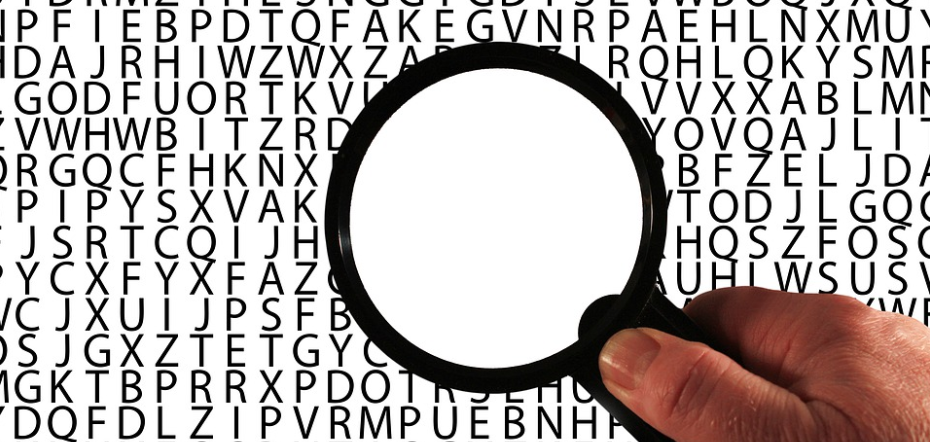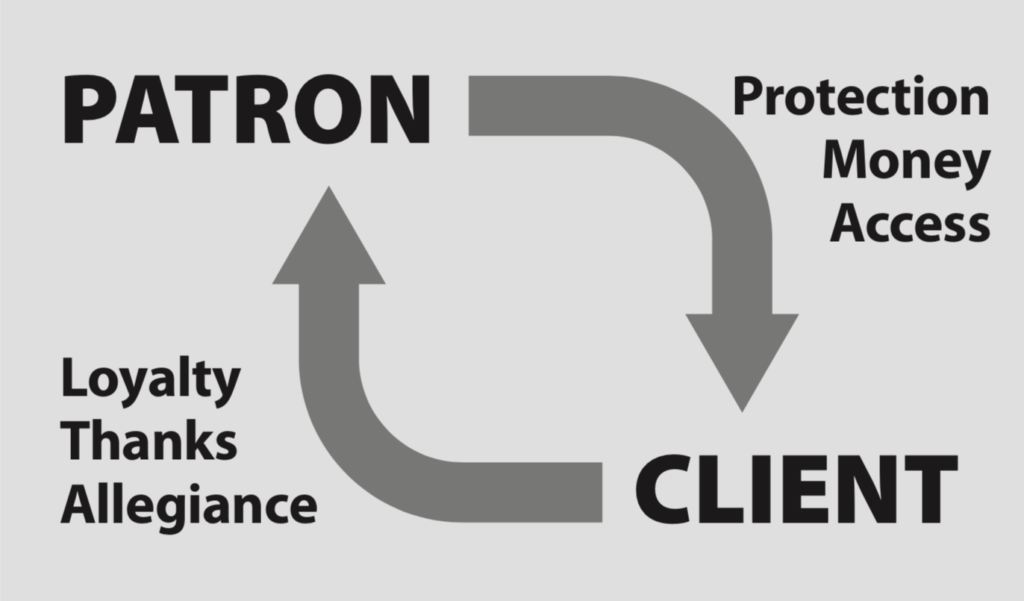What is “Patronage”? A Definition
What actually is “patronage?” This is a common, and good, question. Patronage is hard to define because it is an abstract concept. “Patronage,” as well as “patron-client relationships,” is an etic term that social scientists use for describing relationships in collectivistic, honor-shame societies.

The short summary describes how patronage works. This is from my recent book Ministering in Patronage Cultures, pp 9–11. Copyright (c) 2019. Used by permission of InterVarsity Press, www.ivpress.com.
Definition
Patronage, simply put, is a reciprocal relationship between a patron and a client. Patrons are the superior party with resources and power to help other people. Their favors and benefits take many forms, such as covering the hospital expenses for a sick person, hosting a feast, procuring the documents for a friend’s business, allowing farmers to cultivate their fields, building a new road, etc. Patrons use their influence and wealth to ensure other people’s security and survival. Their generosity protects and provides for the people under their care.
Clients, on the other hand, are social inferiors who attach themselves to a patron in order to secure protection and resources. To maintain the patronage relationship, clients must reciprocate when they receive help from the patron. But the client is not as wealthy as the patron, so instead of re- paying financially, they repay by honoring the patron. A client offers obedience, gratitude, allegiance, and solidarity to the patron. Clients demonstrate their loyalty in a variety of ways—they vote for the patron running for public office, fight on the patron’s behalf, offer public praise at any opportunity, offer token gifts, and do symbolic acts of service. These actions honor the patron. The client seeks to enhance the patron’s reputation, often at great personal cost, hoping such loyalty will be rewarded by the generous patron.

Patrons are the “haves,” clients are the “have-nots,” and patronage is when the “haves” solve the problems for the “have-nots.” The patron provides for the client’s material needs, and the client meets the patron’s desires for social status.
Paul Hiebert explains,
“The patron, like a parent, is totally responsible for the welfare of his clients. . . . Clients in fact can ask a patron for whatever they think he may grant, but this is not considered begging—no more than Christians think they are begging when they ask God for help. Clients for their part, must be totally loyal to their patron. . . . The patron gains power and prestige within the society, and the client gains security.” (Anthropological Insights for Missionaries , 124)
The 3 Parts
Patronage is generally defined as a “reciprocal, asymmetrical relationship.” Each word in this definition denotes a crucial aspect of patronage. First, patronage is a relationship, not some legal arrangement. Patronage involves an enduring parent and child type of commitment, not a one-time financial contribution or business deal. The exchange of resources creates and cultivates an ongoing relationship. But to their own peril, Westerners mistakenly think of patron-client relationships as contractual, like a business, rather than familial.
Also, the relationship of patronage is reciprocal. There is a mutual exchange of resources. Each side in the relationship gives something, whether material (e.g., money, protection) or social (e.g., loyalty, praise). There is an expectation, perhaps even a moral obligation, that the receiver will repay the debt. Each side benefits because the other side gives, and this creates an ongoing reciprocity that deepens the relationship.
Finally, these reciprocal relationships are asymmetrical, or unequal. The patron has a higher social status than the client. They are not peers. The difference in status is an inherit aspect of the patron-client relationship. Patronage allows unequals to interact and exchange resources in a mutually beneficial manner, but without jeopardizing their social distinction. These are the core features of patronage: relationship, reciprocity, and asymmetry.
Does this picture of relationships describe the culture you live in? Where do you see these dynamics appear in the Bible?
For more resources about patronage, visit https://honorshame.com/patronage/.

No, I definitely don’t live in a patronage cultivating society. My grandparents and their peers have experienced living in such culture, but patronage has completely turned into a contractual relationship in the past 50 years or so. (Btw, I live in Central Europe.)
I have had the privilege to experience patronage relationships while living in Nigeria. Very much so. When both parties are honestly giving themselves to it, it is the best thing, but when they don’t, it can be pretty harmful and disastrous. The majority seems to abuse their patron status.
But isn’t it the same among us?
When I think of Biblical examples, I think of Abraham and Lot, Boaz and Ruth,… But I believe patronage is portrayed in the Bible first and foremost in the relationship Christ has with the church. He is the perfect patron, in Him we can truly see what a good patron is like, loving, caring, always looking out for the client’s interest. Plus, He’s also the perfect client, no one has ever been as loyal, faithful and submissive as Jesus to the Father, representing the Father in the most respectful way, putting Him in the best possible light in front of men =)
This might sound crazy, but in my opinion, this idea of patronage is seen most clearly today in polygamy. I do not support polygamy in any way, but the idea in polygamous marriages is exaclty that: the husband (patron) would take equally good care of each wife (client) and they in turn bear him children, show him respect at home and in the community, etc.